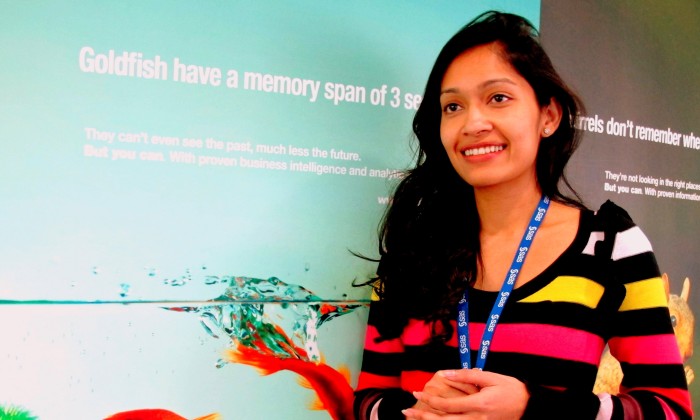
It is becoming increasingly difficult for brands to engage with discerning and digitally savvy consumers. This is because of the proliferation of advertising channels and the amount of information disseminated through these channels. We are officially in the era of big data.
Every day, we are spammed with ads, emails and SMSs that are irrelevant to us. It is no wonder the current method of advertising – which we call “spray and pray” – produces an industry average success rate of 2% at best.
Businesses are pushed to personalise relationships with their customers, and customers are demanding highly individualised experiences with the companies they deal with.
To be successful in humanising the overall consumer experience, brands must have granular knowledge of their consumers, not just from some random demographic data.
The Holy Grail – a 360 degree view of a customer – is achieved by combining demographic information with the realm of “right-brained” customer knowledge – browsing, purchase and social networking behaviours, spending trends and emotional engagement. This is what is required to acquire, retain and grow customers’ loyalty and to make a customer an advocate.
While “micro-targeting” is the buzzword du jour, it is really just another term used to describe granular demographic information. Some will complain that granular customer data is impossible to gather, but behavioural data sources are out there.
The trick is to know what data is necessary to calculate the propensity (predict) that a customer will respond to a campaign. The more brands understand what different segments of consumers will respond to, how they will respond, when they will respond and whether they’re even in the mood for brand communications, the more powerful their messaging becomes.
Marketers and advertisers have realised their survival today depends on knowing what their customers want and responding to that in real-time. The most intelligent marketers will bring the online and offline worlds together to create campaigns that combine media across platforms.
Weve, a joint venture between the three largest UK mobile operators, created a mobile app that offers personalised advertising using historical and real-time data. It launched a campaign to raise awareness about Pizza Hut’s happy hour, lunch buffet, pizza parade and kids-eat-free promotions through a series of highly targeted mobile messages to specific audiences at particular times of the day near Pizza Hut restaurants.
The results
Weve’s targeted ads were the No.1 performing media in driving sales, making it 4.4 times more efficient than TV and 2.6 times more efficient than other digital display ads.
This is just the beginning. There’s a whole revolution coming to the world of advertising as marketers start to discover all the data that is available today that can help them engage with their customers in more intelligent ways.
Iriani Kamaluddin is the marketing director at SAS Institute in Malaysia.